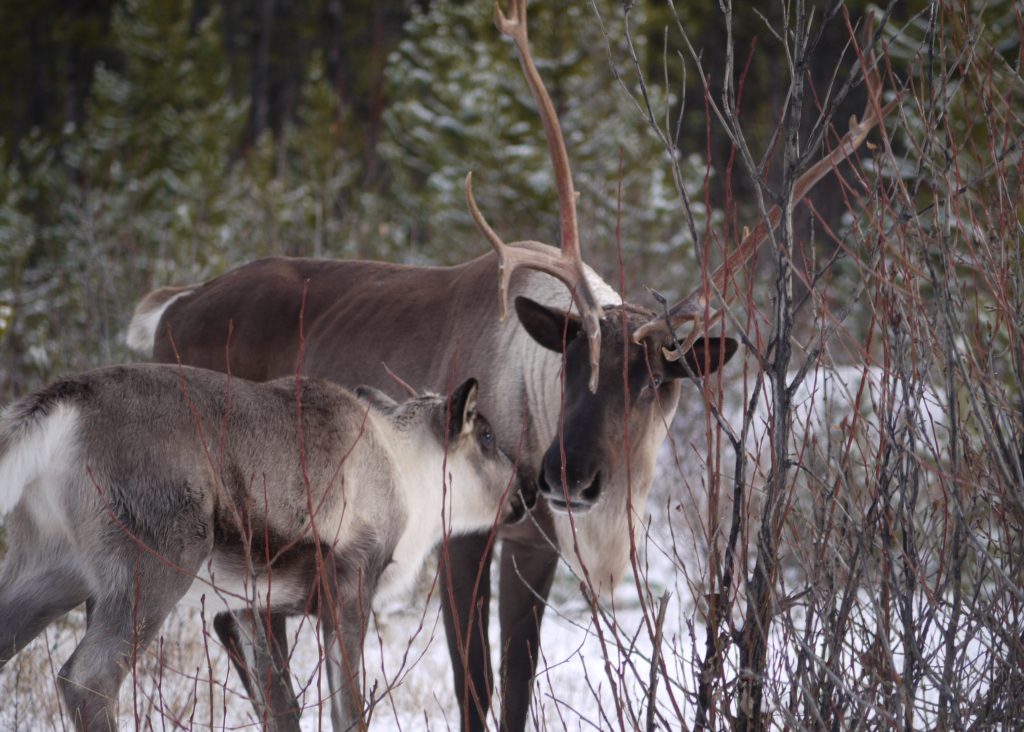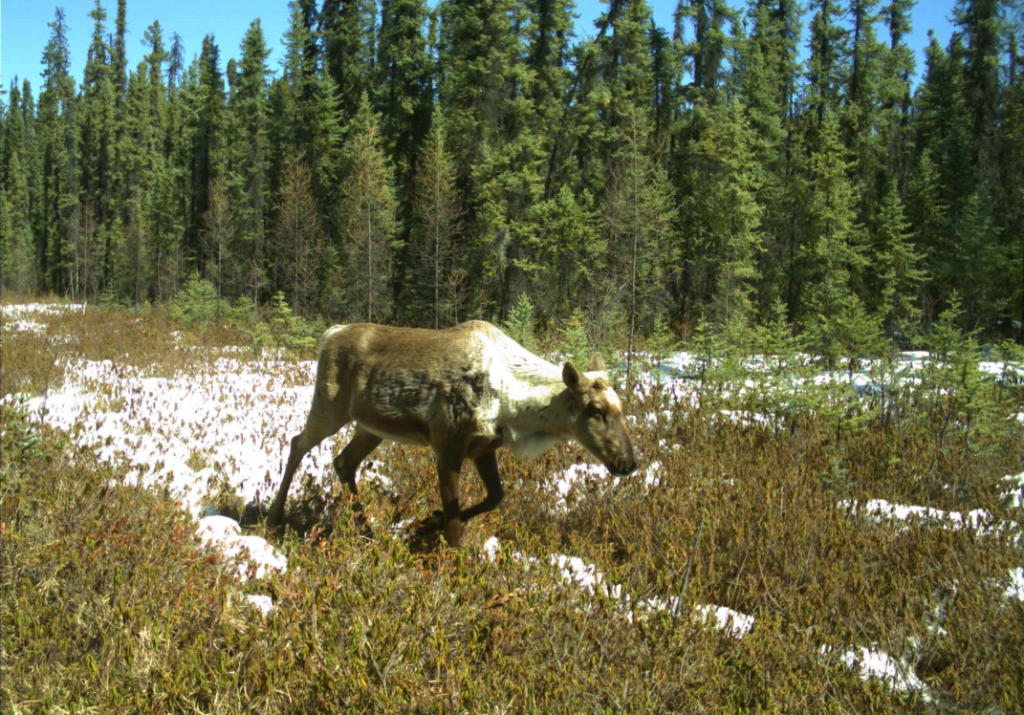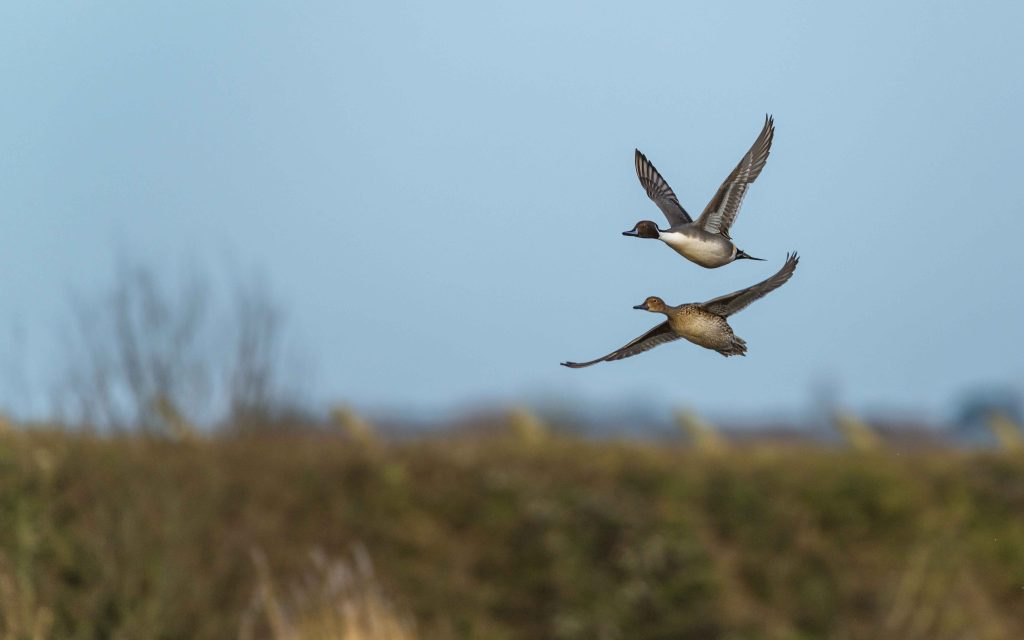
Winter Motorized Recreation Impacts on Caribou Recovery
Engagement was open May 19 to July 14, 2021 Engagement Summary The Province worked with the Government of Canada, West Moberly First Nations, and Saulteau First Nations to draft a Winter Motorized Recreation Management Plan. This work was informed by recommendations made by the South Peace Snowmobile Advisory Committee. The Plan identifies measures to reduce …



